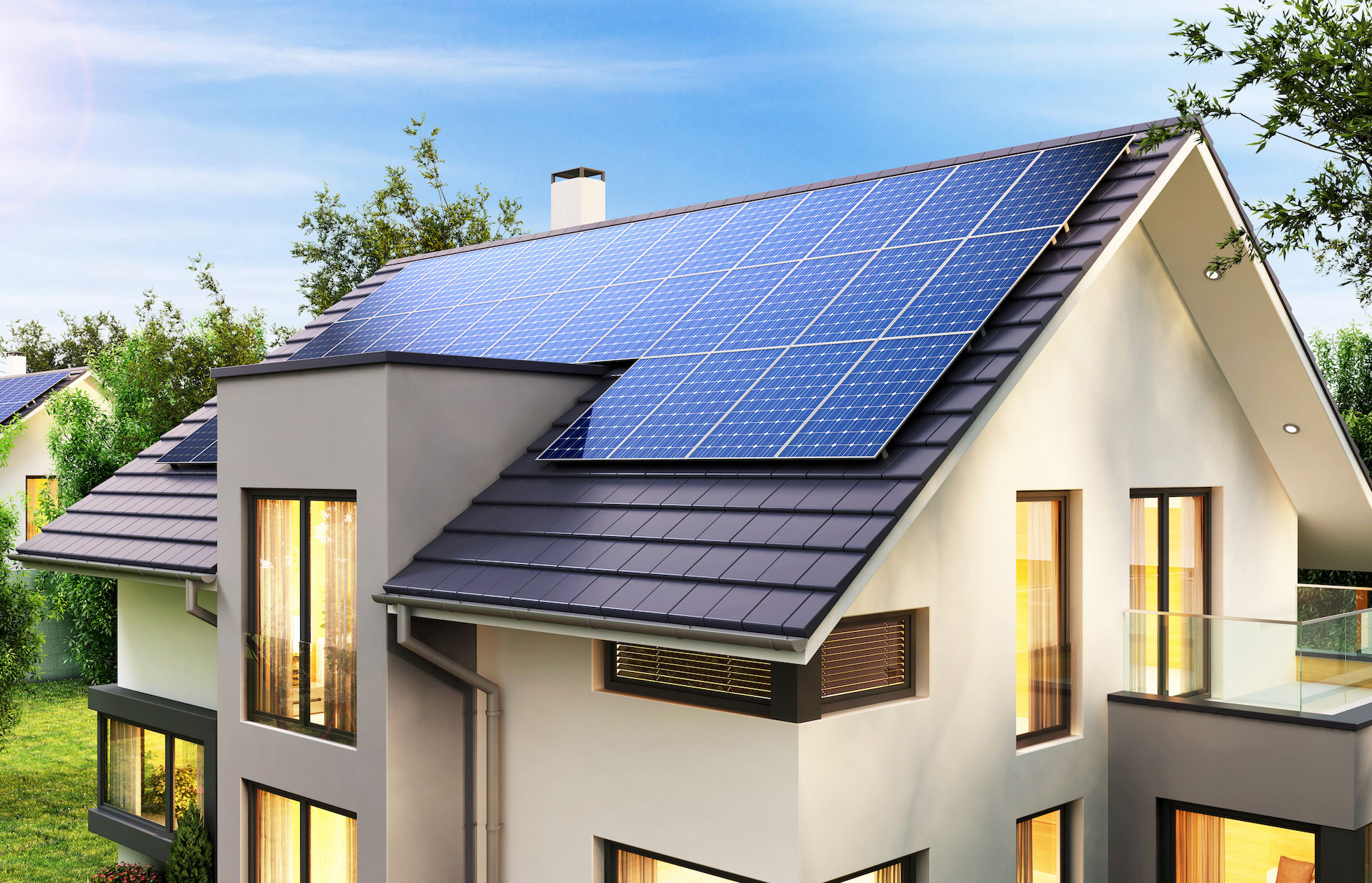
What Are the Different Types of Solar Panels?
Most residential or commercial property owners are looking for ways to reduce their energy bills so they have less reliance on their utility company. If you’re in this position, you may be thinking about solar panels for the first time and wondering about the available options. So, what are the different types of solar panels, and how can you choose the best one for your circumstances?
Three Types of Solar Panels
There are three different types of solar panels that vary in performance, method of manufacturer, appearance, and cost. Each may be suitable for your new photovoltaic installation, and you need to weigh up the pros and cons as you decide. The three types are:
- Monocrystalline
- Polycrystalline
- Thin film
What Are the Cost Considerations?
Often, the cost of installation is at the top of the list. The most expensive is likely to be monocrystalline solar panels due to the manufacturing process involved. The individual cells are made from a single, solid silicon crystal, and there can be a lot of waste associated with the procedure. In fact, the method used to generate each cell (known as the Czochralski process) is very energy-intensive, so these costs are passed along to the consumer.
Polycrystalline solar panels are cheaper than monocrystalline panels due to the fact that each cell is produced from fragments of silicon rather than a solitary and pure silicon crystal. In fact, some of these polycrystalline cells are made from the waste product produced by the Czochralski process.
Thin-film solar panels come in various types, and the cost will depend on the chosen solution. Nevertheless, thin-film panels will almost always have a low installation cost than the monocrystalline or polycrystalline systems, as the work is less intensive. In addition, these thin-film panels are much lighter and easier to maneuver, so it’s less labor-intensive for the installation team as they transfer the panels to the rooftop.
Many thin-film solar panels are made from amorphous silicon, which makes them similar in composition to monocrystalline or polycrystalline panels. However, thin-film panels use layers of silicon rather than solid silicon wafers, and these layers are placed on top of metal, plastic, or glass.
You can also choose copper indium gallium selenide (CIGS) panels, another form of thin-film technology.
How Long Do Solar Panels Last?
According to the National Renewable Energy Laboratory, solar panels have a median degradation rate of about 0.5% per year, depending on the climate. This means they have a very highly productive life and could still be expected to produce 90% of the energy they once did after 20 years. In addition, many manufacturers warranty the installation for up to 25 years.
What About Appearance?
There are some significant differences in appearance due to the materials used and the form of production. For example, monocrystalline solar panels tend to have black cells due to the way the light interacts with the pure silicon crystal. Still, the actual framework can vary in color, with most appearing black, white, or silver.
Polycrystalline solar panels tend to have a blueish appearance, as the light reflects the silicon fragments instead. Again, the back sheets and frames could be various colors but tend to be white or silver.
It is possible to get by bifacial solar panels using monocrystalline or polycrystalline cells. These panels can capture sunlight from both sides and generate more electricity than a standard installation. They have a transparent back sheet that allows the sunlight to go through the panel, hit the reflecting surface, and bounce backward toward the solar cells on the other side.
Thin-film solar panels have a very low profile, as the panels themselves are much slimmer than the other types. However, the size of the installation will depend on the thickness of the frame that contains the panels. Some can be installed very close to the surface of agoradesign.it the roof, but you can also choose more substantial frames if you’re worried about damage. These frames will increase the profile of your thin-film solar panel installation. Color-wise, these panels will have either a black or blue appearance, depending on the type and production process.
Are Crystalline Solar Panels More Efficient Than Thin-Film?
As a rule of thumb, monocrystalline panels tend to be the most efficient, with a larger power capacity. They will also have a greater temperature coefficient, measuring how the panel performs in hot climates. On the other hand, polycrystalline solar panels tend to have lower wattages.
Thin-film solar panels have lower power capacity and efficiency than the polycrystalline or monocrystalline options. Still, the amount of output you get from the array will depend on the installation size.
What’s the Best Choice?
If you have a lot of space (as may be the case on the roof of a multifamily property), then you can pursue a more cost-efficient option by installing the lower-cost polycrystalline panels. You can also choose thin-film panels here. These panels are an excellent choice if the roof configuration cannot stand the additional weight of a traditional array. Even though thin-film panels have lower efficiency, you can mitigate this to an extent by increasing the size of the array if you have the roof space.
On the other hand, if you have limited space but still want to maximize your potential savings, choose the monocrystalline (high efficiency) solar panel option.
Getting Ready for Solar Panels
You should make sure that the roof is in the best condition. To arrange for a property inspection if you’re in Central Florida, get in touch with Pro Inspect Solutions for further advice.



